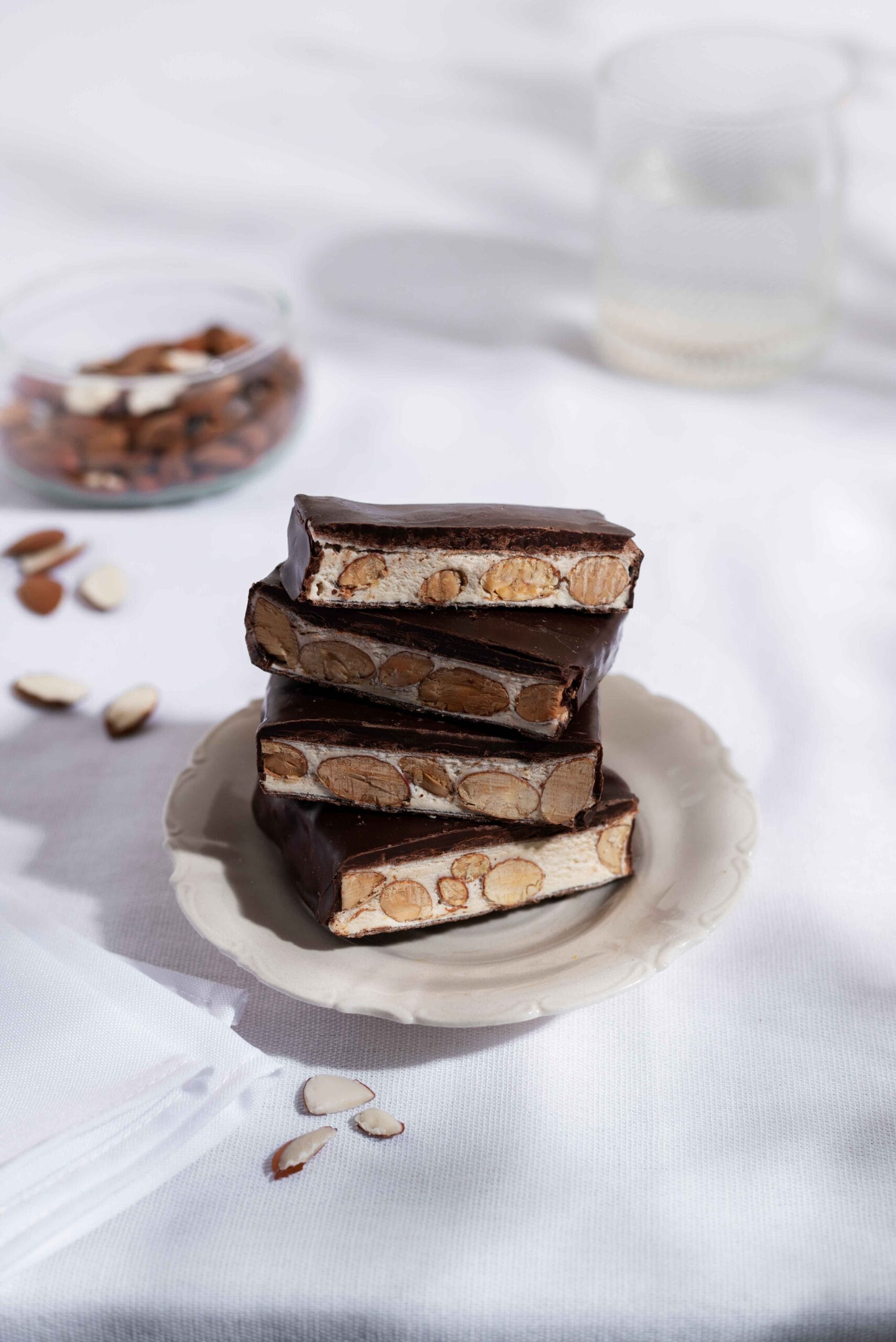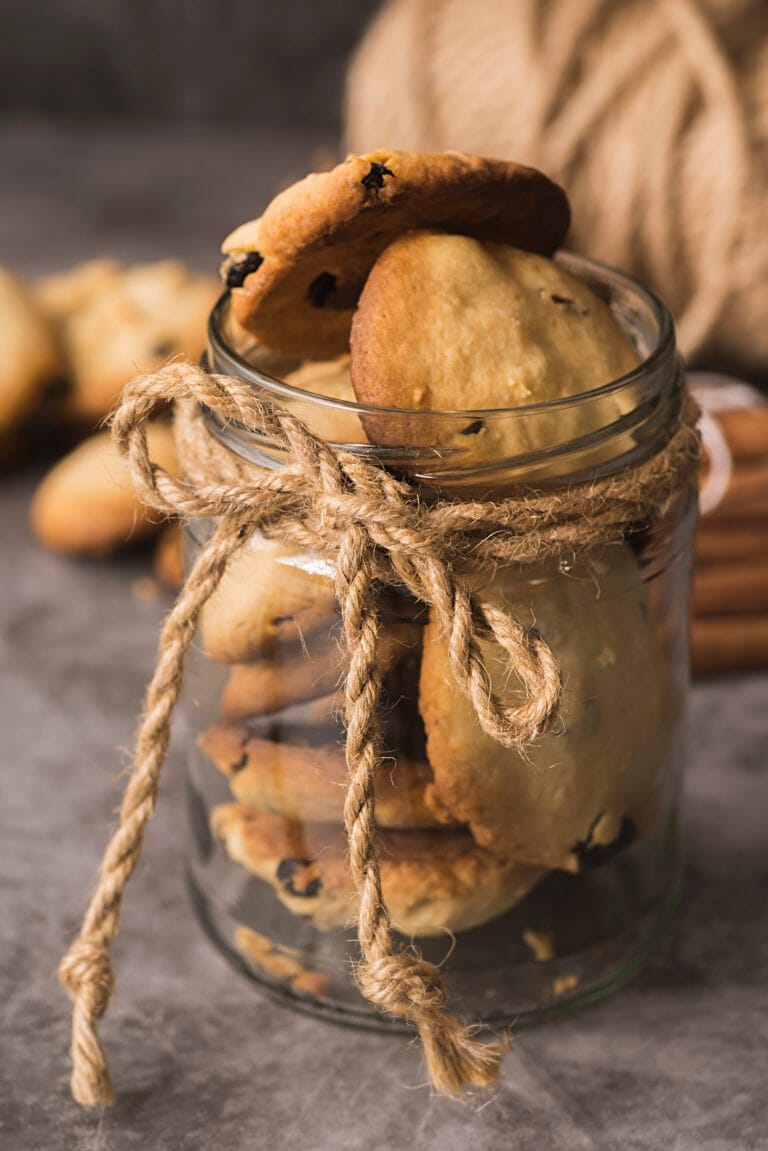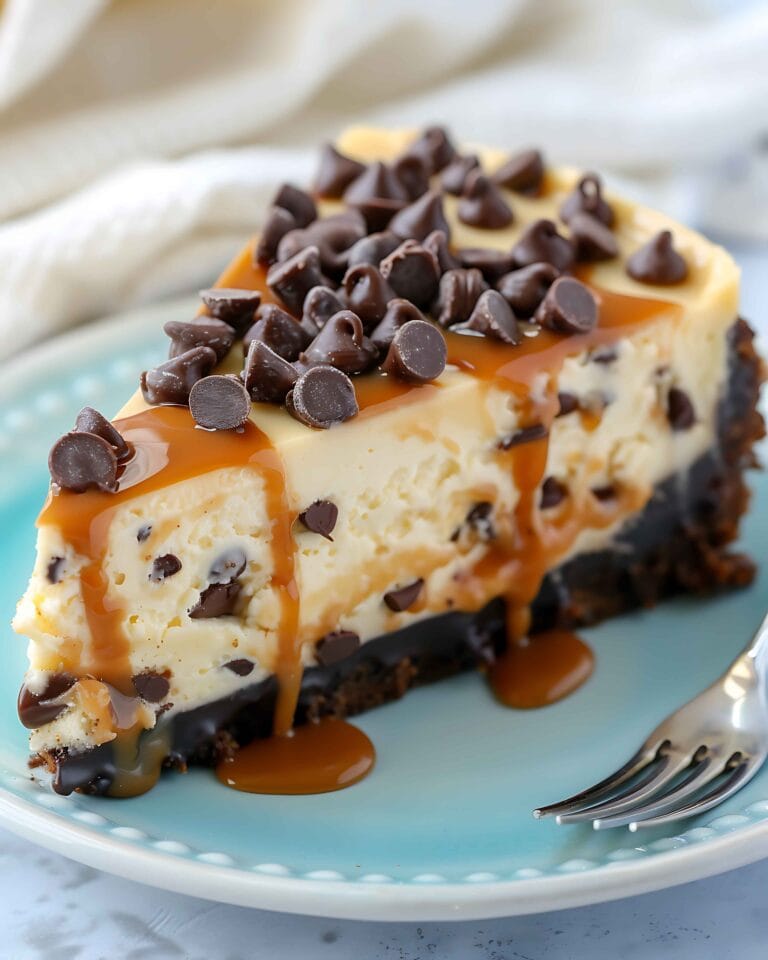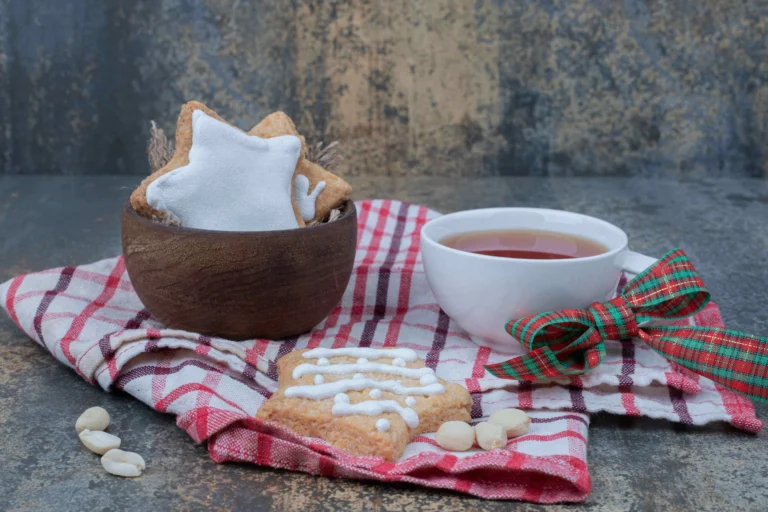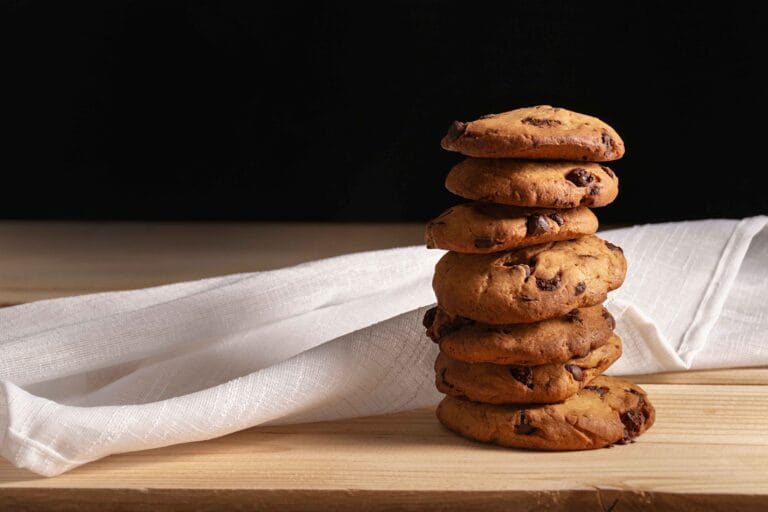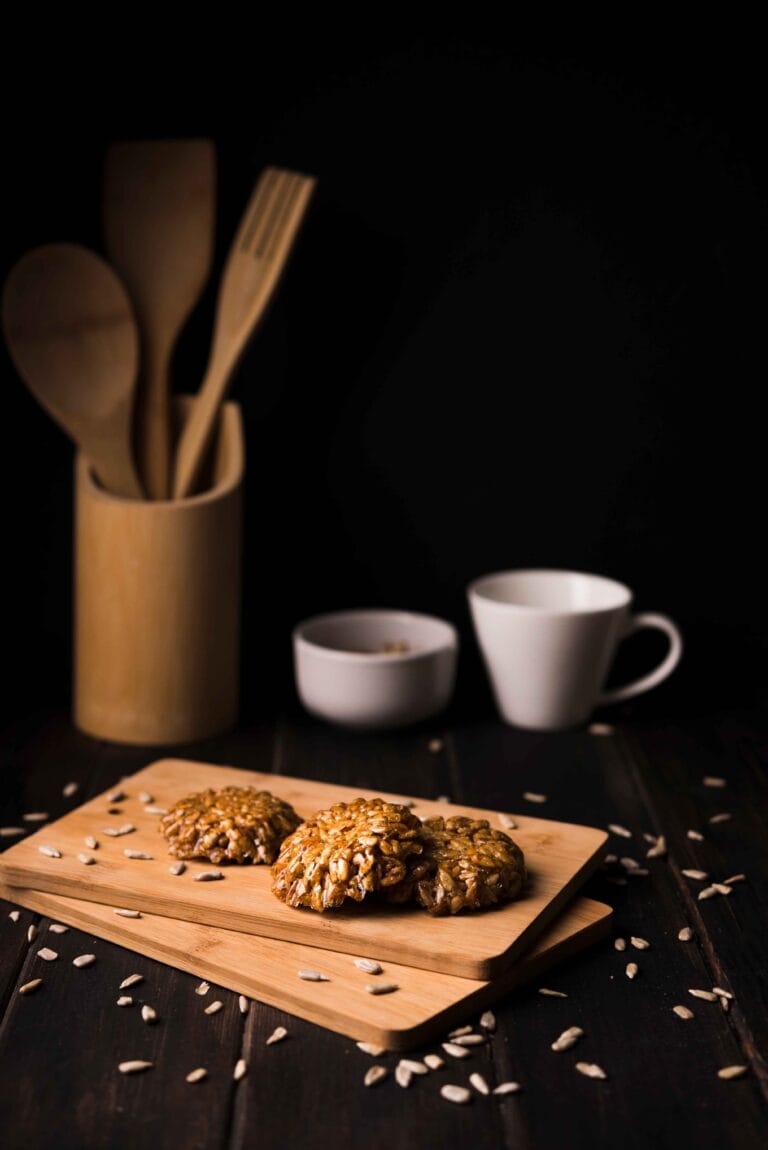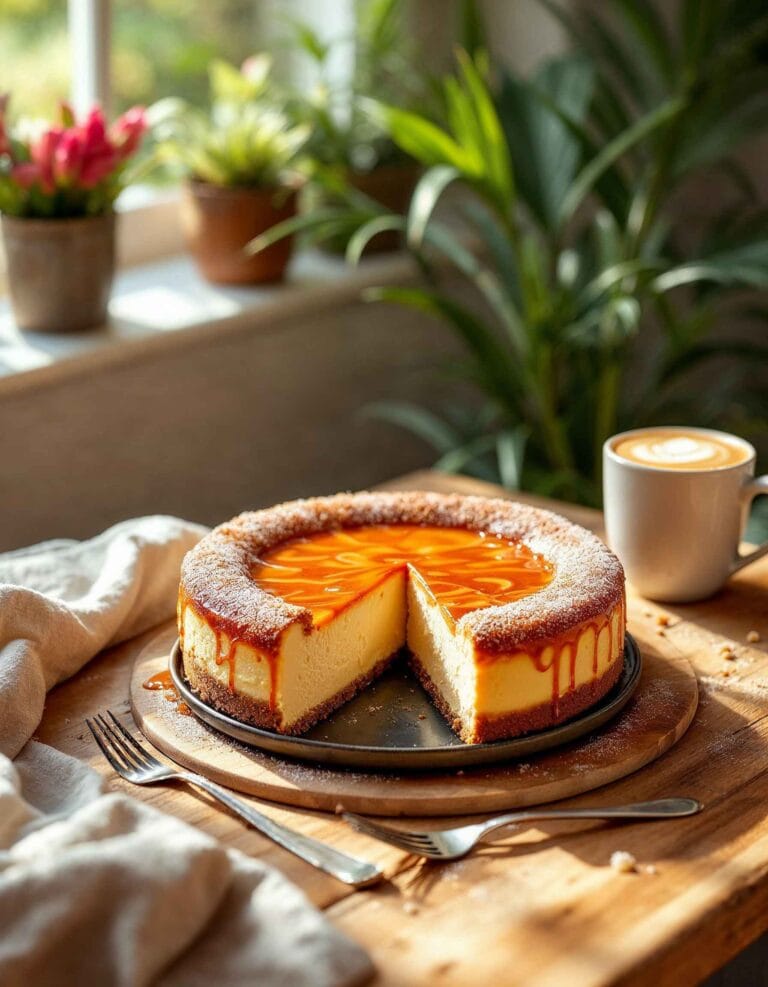What Was the Old Name for a Snickers Bar Before It Changed?
What Was the Old Name for a Snickers Bar Before It Changed??
The Snickers bar, originally called ‘Marathon,’ has a fascinating history; The Snickers bar is more than just a candy; it’s a cultural icon. Known for its unique combination of peanuts, nougat, caramel, and milk chocolate, it has secured a place in the hearts of chocolate enthusiasts worldwide. However, many fans may not know that the Snickers bar had a different name in the past—one that was especially familiar in certain regions.
Before its rebranding, this beloved treat was sold under the name “Marathon” in the United Kingdom and some other markets. This article uncovers the rich history behind the name change, the reasons for the shift, and the enduring legacy of Snickers.
How Many Calories Does a Snickers Cheesecake Have?
The History of Snickers and Its Original Name
The Snickers bar has a fascinating history that traces back to its inception under the Mars family’s innovative candy empire. To fully understand why the name “Marathon” was once used, it’s essential to delve into the origins of this iconic candy and the circumstances that led to its initial branding.
Origins of the Snickers Bar
The story of Snickers begins in 1930 when the Mars Company, already well-established in the confectionery market, launched the Snickers bar. It was named after the Mars family’s favorite horse, reflecting a personal touch that would resonate through its branding.
The Snickers bar was designed to be a filling and satisfying treat, combining nougat, caramel, and roasted peanuts, all coated in milk chocolate. It was an instant hit in the United States, praised for its flavor and energy-boosting qualities. Over the decades, Snickers grew to become one of the best-selling candy bars in the world.
What’s the White Stuff in a Snickers Bar?
The Old Name: “Marathon”
Mars introduced the bar as “Marathon” in the United Kingdom in 1968, while retaining the Snickers name in most markets. This alternative name aimed to better resonate with British consumers by highlighting the candy bar’s satisfying and energy-packed qualities. The name “Marathon” evoked endurance, strength, and an active lifestyle—qualities that were appealing to a generation increasingly interested in fitness and health-conscious branding.
For nearly two decades, Marathon bars enjoyed immense popularity in the UK, standing shoulder-to-shoulder with other Mars products. Despite the different name, the recipe and composition of the bar remained identical to Snickers, ensuring that fans around the world could enjoy the same taste experience.
Why the Name Changed from Marathon to Snickers
The decision to rebrand Marathon bars to Snickers marked a pivotal moment in the product’s history. While the name “Marathon” held sentimental value for UK consumers, Mars Incorporated sought to unify its branding worldwide. This section explores the reasons behind this significant shift, the strategies employed during the transition, and how the public reacted.
The Rebranding Decision
In 1990, Mars Incorporated officially retired the name “Marathon” in favor of “Snickers” in the UK. This move was primarily driven by a desire to consolidate the brand under one name globally. By the late 20th century, Snickers had established itself as one of the most popular candy bars in the world, particularly in the U.S., where it retained its original name since its launch in 1930.
Adopting a single, consistent name allowed Mars to streamline marketing campaigns, simplify packaging, and create a stronger international identity for the product. This unification strategy aimed to maximize recognition and appeal across different markets, making it easier for the company to leverage global advertising efforts.
Consumer Reactions and Marketing Efforts
The transition from Marathon to Snickers was met with mixed reactions, particularly from loyal Marathon fans in the UK. Many consumers felt a sense of nostalgia and attachment to the original name, viewing the change as unnecessary or even jarring. The rebranding initially sparked some resistance, with some customers expressing disappointment and reluctance to embrace the new name.
To mitigate potential backlash, Mars launched an extensive marketing campaign to familiarize the public with the new branding. Advertisements emphasized that, despite the name change, the product’s recipe and taste would remain unchanged. Slogans like “It’s the same great bar, just a different name” reassured customers and helped ease the transition.
Over time, the new name gained acceptance, particularly among younger generations who were less familiar with the Marathon branding. Today, Snickers is a household name in the UK, much like it is in the rest of the world.
Snickers Today: The Global Impact of the Rebranding
The rebranding of Marathon to Snickers marked a turning point that allowed the candy bar to achieve unparalleled success on a global scale. Over the years, the Snickers bar has grown into a symbol of satisfaction, celebrated for its iconic flavor and clever marketing strategies. This section explores how the rebranding helped Snickers dominate the global market while maintaining its legacy as one of the world’s most beloved chocolate bars.

Popularity and Evolution Over Time
Since adopting the Snickers name worldwide, the brand has seen extraordinary growth. Its universal name has made it easier for Mars Incorporated to implement cohesive global marketing campaigns, which have contributed to Snickers becoming one of the top-selling candy bars in the world.
A key factor in Snickers’ enduring success is its ability to stay relevant to changing consumer preferences. While the original Snickers recipe remains untouched, the brand has introduced variations such as Snickers Almond, Snickers Peanut Butter, and Snickers Ice Cream Bars to cater to different tastes. These innovations ensure that the brand remains exciting and continues to attract new fans.
Nostalgia for Marathon Bars
Despite the overwhelming success of the Snickers rebranding, Marathon bars still hold a special place in the hearts of many UK consumers who grew up with the original name. Nostalgia for Marathon has even inspired Mars to reintroduce the name in limited-edition releases. For instance, in 2019, the company temporarily brought back Marathon-branded packaging in the UK as a nod to its heritage.
These nostalgic campaigns not only evoke fond memories among long-time fans but also serve as a clever marketing strategy to spark renewed interest in the product. It’s a testament to the lasting emotional connection people have with the original name.
Is the Strawberry Cheesecake Snickers Bar Real?
Comparisons Between Marathon and Snickers
Although the Marathon and Snickers bars were technically the same product, their branding differences and cultural associations have led to unique perceptions over time. This section explores how Marathon and Snickers were viewed by consumers, their packaging and marketing differences, and the emotional impact of the name change on loyal customers.
Differences in Packaging and Marketing
One of the most noticeable differences between Marathon and Snickers was the packaging. The Marathon bar featured bold, straightforward branding with the word “Marathon” prominently displayed in a clean, modern typeface. The design emphasized the bar’s energy-boosting qualities, appealing to active individuals.
In contrast, the Snickers brand leaned heavily into a playful and indulgent identity. Over the years, Snickers packaging has showcased its logo with a sleek, dynamic font and rich colors, emphasizing satisfaction and enjoyment. Advertising campaigns like “You’re Not You When You’re Hungry” highlight the bar’s ability to satisfy cravings, creating a fun and relatable persona for the brand.
Sentimental Value for Marathon Fans
For many UK consumers, the name “Marathon” carried a sense of nostalgia and cultural significance. It was more than just a candy bar—it was a symbol of childhood memories, special occasions, and simpler times. The switch to “Snickers” initially felt like the loss of a familiar friend, with some fans lamenting the change even decades later.
This emotional connection has kept the Marathon name alive in popular memory. It also demonstrates how branding can transcend the product itself, becoming a part of personal and collective histories.
The Role of Nostalgia Marketing
Mars Incorporated has leveraged the sentimental value of the Marathon name in several campaigns. Limited-edition releases of Marathon-branded bars in the UK have not only reignited fond memories but also generated excitement and buzz among both older consumers and younger generations curious about the brand’s history.
These initiatives reflect the enduring power of nostalgia in marketing. By celebrating its legacy while maintaining its global identity as Snickers, the brand continues to resonate with audiences across generations.
The Cultural Significance of Snickers and Marathon
The Snickers bar’s transition from “Marathon” highlights the cultural nuances of branding and how names can carry meaning beyond the product itself. This section explores how both names have left their mark on popular culture and why the Snickers brand resonates so deeply with consumers across generations.
Marathon as a Symbol of Endurance
The name “Marathon” wasn’t chosen arbitrarily—it evoked a sense of energy, stamina, and reliability. This branding aligned perfectly with the bar’s appeal as a satisfying, high-energy snack. For many consumers in the UK, Marathon became synonymous with not just a candy bar but also an active and adventurous lifestyle. The name resonated with the public, especially in the 1960s and 1970s, when sports and fitness culture were becoming more prominent.
Even today, the Marathon name evokes nostalgia and is fondly remembered by those who grew up with it. This is why the occasional limited-edition re-releases have such a strong emotional impact, reconnecting older audiences with their childhoods.
Snickers in Pop Culture
The Snickers brand, on the other hand, has taken on a more universal and lighthearted role in pop culture. Known for its witty and relatable advertising campaigns, such as the iconic “You’re Not You When You’re Hungry” slogan, Snickers has cemented its place in cultural conversations. These campaigns have featured celebrities, sports figures, and humorous situations, making the brand relatable and memorable.
Moreover, Snickers has been referenced in movies, TV shows, and even sports events, further embedding itself into everyday life. Its association with satisfaction and indulgence has made it a go-to snack for consumers worldwide, transcending cultural and generational barriers.
Bridging Heritage with Modern Appeal
Both Marathon and Snickers hold distinct yet complementary places in cultural history. While Marathon speaks to a specific time and place, Snickers represents a broader, more inclusive identity. Together, they showcase the evolution of branding strategies and the importance of adapting to changing consumer trends while respecting a product’s heritage.
FAQs
What were Snickers originally called?
In the United Kingdom, Mars originally sold Snickers bars as Marathon bars. In 1990, the company changed the name to Snickers to align the branding globally with the name used in the United States and other markets. Despite the change, the recipe and taste of the candy bar remained the same.
Snickers Strawberry Cheesecake: A Decadent Delight
What was the old name of Twix?
Mars Incorporated initially marketed Twix, another popular candy bar, as Raider in some regions during the 1960s and 1970s. In the early 1990s, the company retired the Raider name and adopted the universal Twix branding, similar to the transition from Marathon to Snickers. The global name change helped unify marketing and establish the bar’s identity worldwide.
Can you still buy a Marathon bar?
Mars no longer sells Marathon bars under their original name in most markets, but the company occasionally releases limited-edition Marathon packaging in the UK. Fans eagerly welcome these nostalgic releases, as they offer a temporary chance to purchase the iconic candy with its old name.
What did a Star Bar used to be called?
In the 1970s, the UK knew Star Bar, a caramel and peanut-filled candy bar, as the Nugget. Mars later renamed it Star Bar to highlight its unique ingredient combination and adapt to evolving marketing trends. The recipe, however, remained consistent through the name change.
Conclusion
The transition from Marathon to Snickers reflects the evolution of global branding.
The journey of the Snickers bar, from its beginnings as “Marathon” in the UK to becoming a globally recognized brand, highlights the power of effective branding and marketing. The 1990 name change initially faced some resistance, but it ultimately helped Mars Incorporated unify the Snickers identity across international markets, strengthening its position as one of the world’s most popular candy bars.
Despite the transition, the legacy of the Marathon name lives on, cherished by those who remember it fondly. Nostalgic marketing campaigns and limited-edition releases have kept the memory alive, proving that even a name can evoke deep emotional connections. Today, Snickers continues to be a favorite treat, beloved for its satisfying taste and clever marketing that keeps it relevant across generations.

